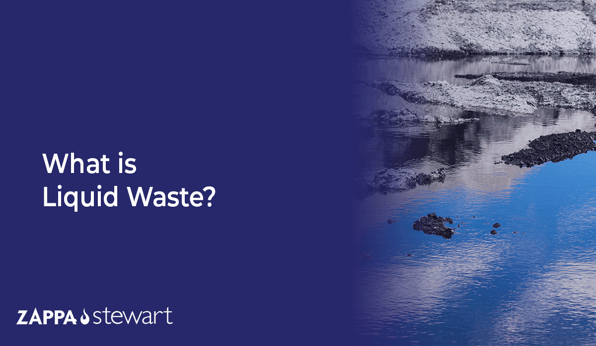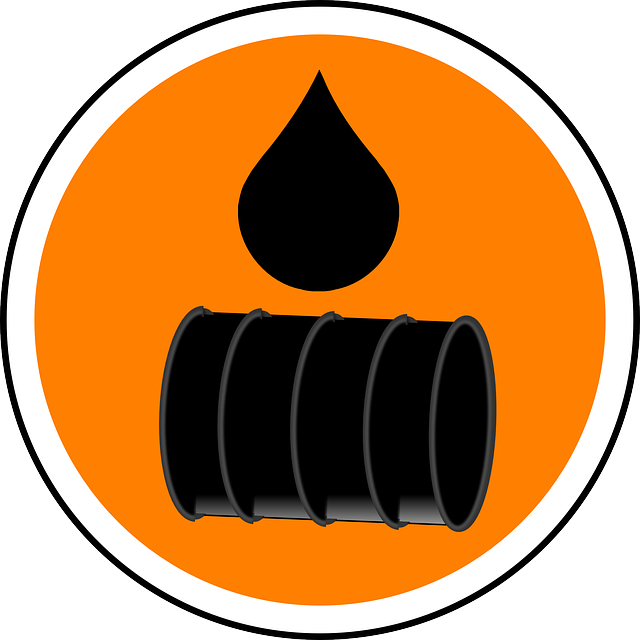Industrial Wastewater Treatment: Advanced Techniques for Effective Administration
Industrial Wastewater Treatment: Advanced Techniques for Effective Administration
Blog Article
Just How Fluid Garbage Disposal Works: A Comprehensive Review of Strategies and Technologies Used

Overview of Fluid Waste Kind
The intricacy of liquid waste kinds necessitates an extensive understanding of their qualities and effects for disposal. Liquid waste can generally be classified right into several types, including commercial, metropolitan, farming, and contaminated materials. Each group displays distinct residential properties, requiring details monitoring methods to minimize environmental and wellness risks.
Industrial liquid waste originates from manufacturing processes and commonly contains an array of pollutants, such as hefty metals, solvents, and organic substances. Metropolitan liquid waste, largely consisting of wastewater from houses and industrial facilities, consists of raw material, nutrients, and pathogens (industrial wastewater treatment). Agricultural liquid waste, including overflow from farms, may have fertilizers, pesticides, and pet waste, presenting dangers to water high quality and ecosystems
Harmful fluid waste is characterized by its poisoning, reactivity, or potential to create harm. Recognizing these diverse liquid waste kinds is vital for developing efficient disposal approaches and making sure compliance with environmental guidelines.
Physical Therapy Methods

Screening is the first action, where bigger fragments and particles are gotten rid of from the fluid waste using screens or grates. In sedimentation tanks, much heavier particles settle at the base, creating a sludge layer, while the made clear liquid can be further dealt with.
Filtration is one more necessary technique that entails passing the liquid with permeable products, such as sand or membrane layers, to record smaller bits. This action improves the high quality of the liquid, making it appropriate for succeeding treatment processes.

Chemical Therapy Methods
Chemical treatment strategies are necessary for efficiently managing liquid waste, especially in attending to dissolved and colloidal pollutants that physical methods might not adequately get rid of. These strategies make use of different chemical representatives to neutralize, precipitate, or change dangerous materials into much less harmful forms.
One usual method is coagulation and flocculation, where chemicals such as alum or ferric chloride are included in advertise the aggregation of suspended bits. This procedure enhances sedimentation, enabling less complicated removal of the resulting sludge. Additionally, oxidation procedures, using agents like chlorine or ozone, are used to damage down intricate organic compounds and pathogens, providing the waste safer for discharge or further treatment.
Neutralization is one more essential technique, which readjusts the pH of acidic or alkaline waste streams to neutral degrees, preventing potential harm to downstream systems and the atmosphere. Moreover, advanced oxidation procedures (AOPs) make use of mixes of oxidants and ultraviolet light to deteriorate consistent contaminants, achieving a greater degree of therapy efficiency.
Biological Treatment Processes
Organic therapy procedures play a vital duty in the monitoring of fluid waste by making use of microbes to decompose organic matter and decrease contaminant levels. image source These processes can be broadly classified right into aerobic and anaerobic therapies, each using details microbial areas to attain reliable waste destruction.
Cardio therapy includes the use of oxygen to facilitate the breakdown of organic materials by microorganisms. This procedure is frequently executed in activated sludge systems, where aeration containers give a helpful atmosphere for microbial growth, bring about the oxidation of natural contaminants. The resultant biomass can be separated from treated effluent via sedimentation.
On the other hand, anaerobic treatment takes place in the lack of oxygen, depending on different microorganisms to damage down organic issue. This approach is specifically beneficial for high-strength waste, as it generates biogas, an eco-friendly energy source, while decreasing sludge production. Technologies such as anaerobic digesters are regularly employed in industrial and local applications.
Both anaerobic and cardio organic therapies not just lessen the environmental impact of fluid waste but additionally help with source healing, making them essential parts of sustainable waste monitoring techniques. Their performance, effectiveness, and flexibility support their extensive execution across various industries.
Arising Technologies in Disposal
Innovative methods to fluid garbage disposal are rapidly advancing, driven by developments in innovation and an increasing emphasis on sustainability. Among these arising modern technologies, membrane bioreactors (MBRs) have gotten grip for their capacity to combine organic therapy with membrane layer filtration, resulting in top notch effluent Full Report that can be recycled in numerous applications. MBRs enable smaller footprints and a lot more effective procedures contrasted to typical systems.
An additional promising development is making use of anaerobic food digestion integrated with nutrient healing innovations, which not just deals with liquid waste however likewise produces biogas and recuperates useful nutrients like nitrogen and phosphorus. This twin advantage improves resource effectiveness and decreases environmental influence.
Additionally, advanced oxidation procedures (AOPs) are being taken on for the deterioration of complicated organic contaminants. These techniques utilize powerful oxidants and stimulants to break down pollutants at the molecular level, using an extremely efficient remedy for tough waste streams.
Additionally, the combination of expert system and equipment discovering in waste monitoring systems is maximizing functional effectiveness and anticipating upkeep, bring about lowered prices and boosted environmental conformity. These technologies mirror a substantial shift in the direction of more lasting his comment is here and effective fluid waste disposal methods.
Final Thought
In final thought, reliable liquid waste disposal requires a comprehensive understanding of different strategies and technologies. By continuously progressing these techniques, it becomes possible to attend to the expanding challenges linked with liquid waste, eventually adding to ecological defense and source recovery.
Liquid waste disposal is a critical element of environmental administration, calling for a thorough understanding of various strategies and modern technologies customized to various waste kinds. Fluid waste can generally be categorized right into numerous kinds, consisting of commercial, metropolitan, farming, and dangerous waste. Agricultural fluid waste, consisting of drainage from ranches, may consist of fertilizers, pesticides, and pet waste, posturing threats to water top quality and ecosystems.
Numerous physical therapy techniques play an important role in handling fluid waste efficiently - industrial wastewater treatment.In final thought, efficient liquid waste disposal necessitates a comprehensive understanding of different strategies and innovations
Report this page